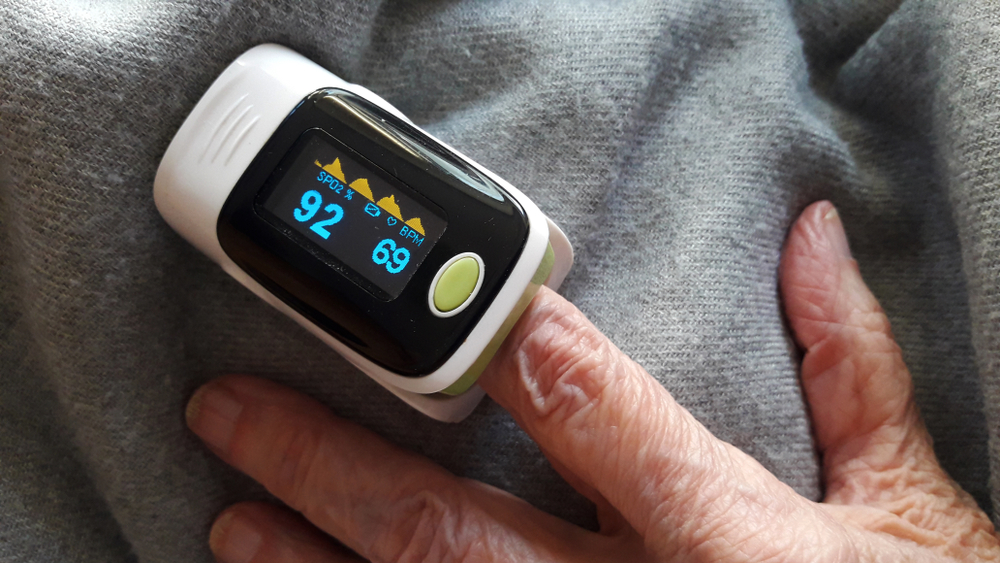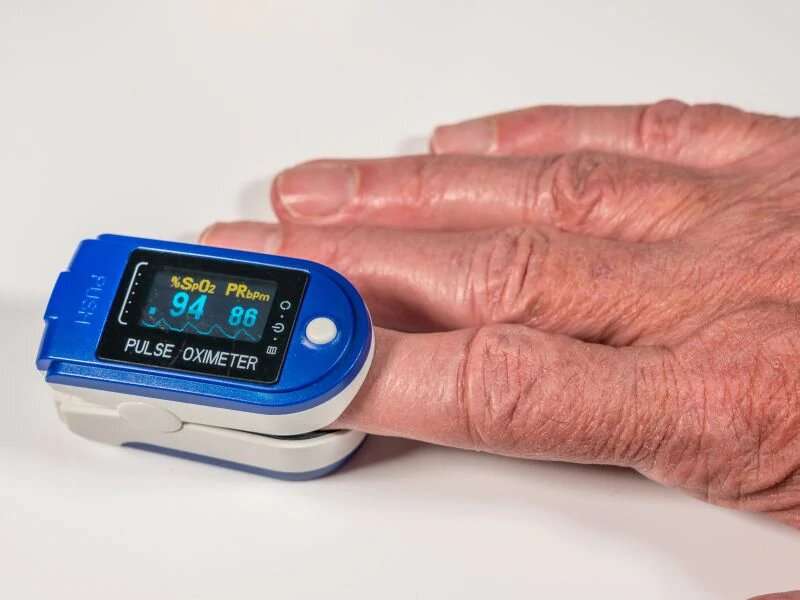- Oxygen Level 90% Means
- Oxygen Level 90 Percent
- Oxygen Level Chart
- Oxygen Level 90 On 4 Liters Of Oxygen
Hypoxemia occurs when levels of oxygen in the blood are lower than normal. If blood oxygen levels are too low, your body may not work properly. Blood carries oxygen to the cells throughout your body to keep them healthy. Hypoxemia can cause mild problems such as headaches and shortness of breath. Levels above 90 percent are not considered low, so you probably are worrying unnecessarily. Oxygen levels are best measured with an arterial blood gas test that also measures carbon dioxide and pH or, less precisely, with an oximeter, a device that clips on the end of a finger and shines a light through it.
Overview
What is hypoxemia?
Hypoxemia occurs when levels of oxygen in the blood are lower than normal. If blood oxygen levels are too low, your body may not work properly.
Blood carries oxygen to the cells throughout your body to keep them healthy. Hypoxemia can cause mild problems such as headaches and shortness of breath. In severe cases, it can interfere with heart and brain function. Hypoxemia that causes low oxygen levels in your body’s tissues is called hypoxia. Sometimes people use the two terms interchangeably, but they are not the same thing.
Symptoms and Causes
What causes hypoxemia?
A variety of conditions and circumstances can interfere with the body’s ability to deliver normal levels of oxygen to the blood. Some of the most common causes of hypoxemia include:
- Heart conditions, including heart defects
- Lung conditions such as asthma, emphysema, and bronchitis
- Locations of high altitudes, where oxygen in the air is lower
- Strong pain medications or other problems that slow breathing
- Sleep apnea (impaired breathing during sleep)
- Inflammation or scarring of the lung tissue (as in pulmonary fibrosis)
What are the symptoms of hypoxemia?
Symptoms of hypoxemia vary depending on the severity of the condition. They include:
- Shortness of breath
- Fast heartbeat
- Coughing
- Confusion
- Bluish color in skin, fingernails, and lips
Diagnosis and Tests
How do doctors diagnose hypoxemia?
To diagnose hypoxemia, your doctor will do a physical examination to listen to your heart and lungs. Abnormalities in these organs can be a sign of low blood oxygen. Your doctor may also check to see if your skin, lips, or fingernails look bluish.
Doctors use tests to check your oxygen levels, including:
- Pulse oximetry: A sensor that slips over your finger measures the amount of oxygen in your blood. Pulse oximetry is painless and noninvasive. Many doctors use it routinely each time you visit.
- Arterial blood gas test: A needle is used to take a blood sample from your artery to measure the levels of oxygen in your blood.
- Other breathing tests: These might involve breathing into tubes that are connected to computers or other machines.
Management and Treatment
How do doctors treat hypoxemia?
Treatment for hypoxemia aims to raise the levels of oxygen in the blood. Doctors can use medications to treat underlying conditions that cause hypoxemia. These medications are often given through an inhaler that enables you to breathe the medicine into your lungs.
In more severe cases, your doctor may prescribe oxygen therapy. People typically receive extra oxygen through a device called a cannula (tube) that is clipped to the outside of the nose, or through a breathing mask. The location and amount of time people receive oxygen therapy is based on individual needs. You may receive oxygen at home, with a portable machine while you travel, or in the hospital.
What are the complications or side effects of hypoxemia?
If your blood does not have enough oxygen, it cannot deliver enough oxygen to the organs and tissues that need it. This situation can be fatal if severe in the short term and can affect the heart or brain if it persists over a long period of time.
Prevention
Can hypoxemia be prevented?
There are steps you can take to prevent hypoxemia from returning after treatment. To increase the oxygen levels in your blood, your doctor may recommend:
- Deep breathing exercises
- Mild exercise such as walking or yoga
- Eating a healthy diet
- Drinking plenty of water
- Quitting smoking
Outlook / Prognosis
What is the outlook for people with hypoxemia?
Hypoxemia symptoms can go away with treatment. Depending on the cause, people with hypoxemia may require treatment once or on an ongoing basis. Your doctor will work with you to manage the condition so you can live an active, healthy life.
Living With
When should I call a doctor regarding hypoxemia?
Contact your doctor if you experience symptoms of hypoxemia. Early diagnosis and treatment can help ensure the condition does not get worse and cause dangerous complications.
When it comes to your blood oxygen level, a second-look can never hurt.

Let’s be frank: if you’re currently living with a chronic lung disease like chronic obstructive pulmonary disease (COPD), pulmonary fibrosis (PF) or emphysema, the maintenance of your health and symptom expression is generally your top priority. Often, this can mean a particular level of scrutiny in the foods you eat, the exercise you get, your exposure to cigarette smoke and other harmful airborne conditions, and the continual maintenance of your respiratory metrics, such as your PFT and blood oxygen levels.
Simply put, for those with lung disease, it’s not only incredibly important to monitor your health and make adjustments in your behavior when necessary, but for many, it’s a way of life. Your blood oxygen level is one of the most important metrics to measure; as it is a clear indicator of how well your body is distributing oxygen (more on that in a moment). Taking the time to determine your blood oxygen level and how it fits in with the national average can be a vital marker for the direction of your respiratory health.
With your health in mind, the Lung Health Institute is here to break down the things you need to know on your Blood Oxygen Level: Is My Oxygen Level Normal?
What is Your Blood Oxygen Level?
In the most basic terms, your blood oxygen level is the amount of oxygen in your blood. Sounds simple, right? However, the complexities of this measurement come into play when trying to increase this amount by doing more than taking deeper breaths. As you can imagine, the level of your blood oxygen is important for your general health. If your blood oxygen is too low—in comparison to the average blood oxygen level of a healthy adult—you may be hypoxemic.
As is the case of most people with COPD, oxygen levels are below normal and hypoxemia can frequently occur over time. This means that your body has trouble nourishing your cells, tissues and organs. As your blood is the medium for getting oxygen (via red blood cells) throughout your body, poor circulation can produce the symptoms of chronic lung disease—namely shortness of breath.
Oxygen Level 90% Means
Overall, this can reduce your quality of life, impair your skeletal muscle function, impair your exercise tolerance and increase your risk of death.
How is Your Blood Oxygen Level Measured?
Oxygen Level 90 Percent
A normal blood oxygen level typically ranges from 75 to 100 mm Hg. In the case of dangerously low blood oxygen, the level that requires supplemental oxygen is anything under 60.
The best way to monitor blood oxygen levels is through your arterial blood gasses (ABGs); however, this can be difficult to do at home. In place of using an ABG test, it’s more convenient to use a pulse oximeter, which measures oxygen saturation through a small clip on your finger. In the realm of oxygen saturation levels, normal is often considered anything between 95-100 percent.
Anything below 90 is usually considered low, therefore if you are below this metric, you should consider asking your doctor for a prescription for supplemental oxygen.
What Does My Blood Oxygen Level Mean for My Health?
Your blood oxygen levels have a direct effect on the expression of your symptoms. A low blood oxygen level can signify a lack of proper circulation or oxygen saturation within the body, which can ultimately result in a variety of conditions typically associated with chronic lung disease.
These may include:

- Confusion
- A sense of euphoria
- Restlessness
- Headaches
- Shortness of breath
- Rapid breathing
- Dizziness, lightheartedness and/or fainting spells
- Lack of coordination
- Rapid heart rate
- Elevated blood pressure
- Visual disturbances
- Bluish tint to lips, earlobes and/or nail beds
- Elevated red blood cell count or polycythemia
What Can I Do Moving Forward?
Understanding your blood oxygen levels is a key step in learning how to measure your health. Whether it’s through measuring it yourself using a pulse oximeter, or having it properly tested through an ABG test with your primary physician, knowing the basic metrics of your respiratory health is critical to making the changes necessary to improve it.
Although the most important step in taking control of your health is to quit smoking, a close second is to address your general health through diet and exercise.
With these behavioral changes, it’s possible to greatly affect the pronouncement of symptoms for people with COPD, pulmonary fibrosis and emphysema. However, when lifestyle changes fail to improve your quality of life in the way that you may expect, it may be time to consider cellular therapy. Rather than addressing the symptoms of lung disease, cellular therapy may directly affect disease progression and may improve quality of life.
For more information on cellular therapy and what it could mean for your life moving forward, contact us today or call us at 888-745-6697. Our patient coordinators will walk you through our available treatment options, talk through your current health and medical history and determine a qualifying treatment plan that works best for you.
Oxygen Level Chart

Oxygen Level 90 On 4 Liters Of Oxygen
Interested in our article on Blood Oxygen Level: Is My Oxygen Level Normal? Share your thoughts and comments below.
